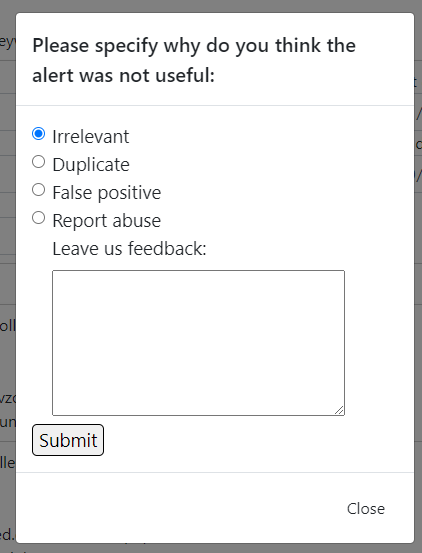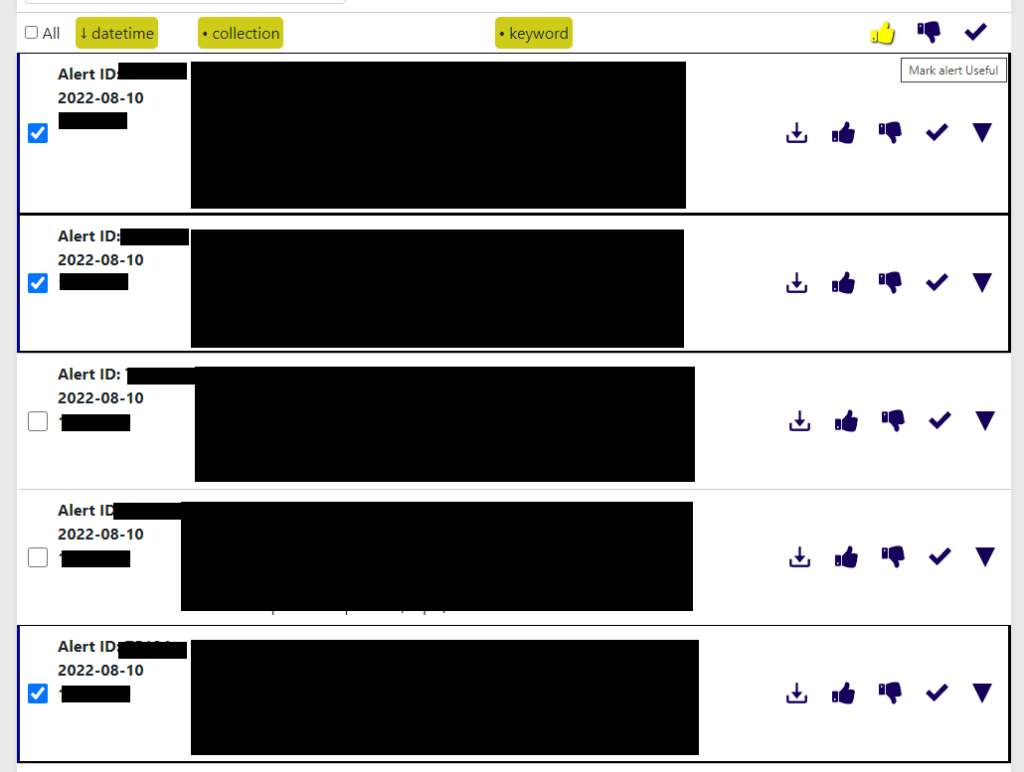This weekly blog post is from via our unique intelligence collection pipelines. We are your eyes and ears online, including the Dark Web.
There are thousands of vulnerability discussions each week. SOS Intelligence gathers a list of the most discussed Common Vulnerabilities and Exposures (CVE) online for the previous week.
We make every effort to ensure the accuracy of the data presented. As this is an automated process some errors may creep in.
If you are feeling generous please do make us aware of anything you spot, feel free to follow us on Twitter @sosintel and DM us. Thank you!
1. CVE-2022-35110
SWFTools commit 772e55a2 was discovered to contain a memory leak via /lib/mem.c.
https://nvd.nist.gov/vuln/detail/CVE-2022-35110
2. CVE-2020-12720
vBulletin before 5.5.6pl1, 5.6.0 before 5.6.0pl1, and 5.6.1 before 5.6.1pl1 has incorrect access control.
https://nvd.nist.gov/vuln/detail/CVE-2020-12720
3. CVE-2022-35433
ffjpeg commit caade60a69633d74100bd3c2528bddee0b6a1291 was discovered to contain a memory leak via /src/jfif.c.
https://nvd.nist.gov/vuln/detail/CVE-2022-35433
4. CVE-2022-1400
Use of Hard-coded Cryptographic Key vulnerability in the WebReportsApi.dll of Exago Web Reports, as used in the Device42 Asset Management Appliance, allows an attacker to leak session IDs and elevate privileges. This issue affects: Device42 CMDB versions prior to 18.01.00.
https://nvd.nist.gov/vuln/detail/CVE-2022-1400
5. CVE-2022-37042
Zimbra Collaboration Suite (ZCS) 8.8.15 and 9.0 has mboximport functionality that receives a ZIP archive and extracts files from it. By bypassing authentication (i.e., not having an authtoken), an attacker can upload arbitrary files to the system, leading to directory traversal and remote code execution. NOTE: this issue exists because of an incomplete fix for CVE-2022-27925.
https://nvd.nist.gov/vuln/detail/CVE-2022-37042
6. CVE-2022-36152
tifig v0.2.2 was discovered to contain a memory leak via operator new[](unsigned long) at /asan/asan_new_delete.cpp.
https://nvd.nist.gov/vuln/detail/CVE-2022-36152
7. CVE-2022-37438
In Splunk Enterprise versions in the following table, an authenticated user can craft a dashboard that could potentially leak information (for example, username, email, and real name) about Splunk users, when visited by another user through the drilldown component. The vulnerability requires user access to create and share dashboards using Splunk Web.
https://nvd.nist.gov/vuln/detail/CVE-2022-37438
8. CVE-2012-2459
Unspecified vulnerability in bitcoind and Bitcoin-Qt before 0.4.6, 0.5.x before 0.5.5, 0.6.0.x before 0.6.0.7, and 0.6.x before 0.6.2 allows remote attackers to cause a denial of service (block-processing outage and incorrect block count) via unknown behavior on a Bitcoin network.
https://nvd.nist.gov/vuln/detail/CVE-2012-2459
9. CVE-2021-26639
This vulnerability is caused by the lack of validation of input values for specific functions if WISA Smart Wing CMS. Remote attackers can use this vulnerability to leak all files in the server without logging in system.
https://nvd.nist.gov/vuln/detail/CVE-2021-26639
10. CVE-2022-2610
Insufficient policy enforcement in Background Fetch in Google Chrome prior to 104.0.5112.79 allowed a remote attacker to leak cross-origin data via a crafted HTML page.
https://nvd.nist.gov/vuln/detail/CVE-2022-2610









Recent Comments